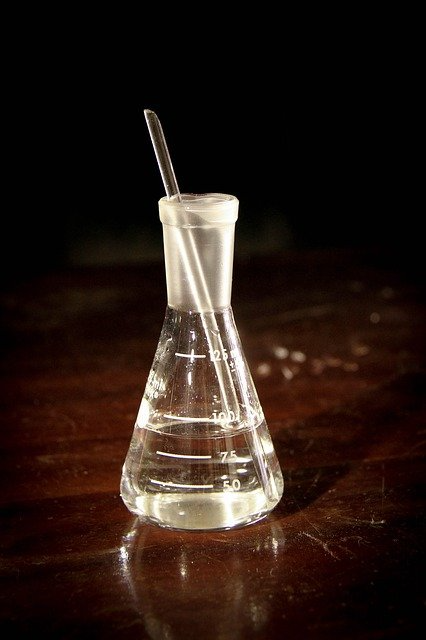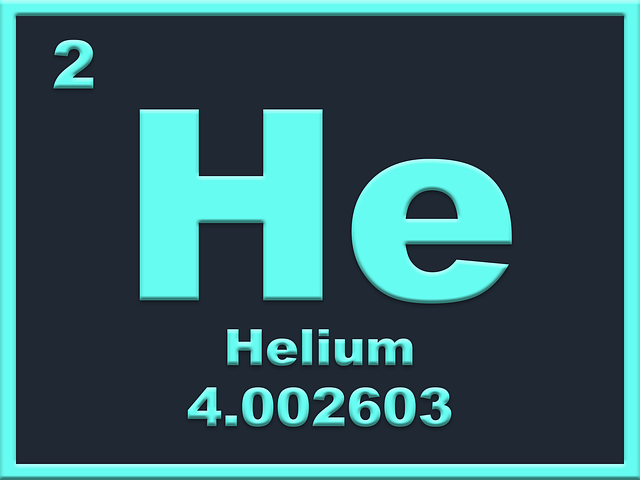Uses:
Hydrogen peroxide has a wide range of applications. It is used as a bleaching agent, some 60% of its production is used in paper-bleaching. Hydrogen peroxide is used in Aquafarming or aquaculture for controlling microbes that are causing columnaris disease in fish. It is used as a disinfectant and cleaning agent. It is used as a propellant in the rocket. A very dilute concentration of Hydrogen peroxide is used in Hair bleaching. It is used in the glowing stick by reacting with di-eaters such as Diphenyl oxalate. The next time you see a rocket in the sky or a glowing stick remember Hydrogen peroxide.
Adverse effect:
At a higher concentration, it is very corrosive and can corrode the human skin. The corroding effect can increase in the presence of a reducing agent. The American Conference of Governmental Industrial Hygienists (ACGIH) classified hydrogen peroxide as a known animal carcinogen. A large dose even in small concentration can cause irritation to mucus membranes, eyes, and skin.
Why does hydrogen peroxide bubble?
When we put hydrogen peroxide on the wound it starts bubbling. It is because of an enzyme called catalase. Catalase protecting cells from hydrogen peroxide by breaking down it into Water and oxygen. The oxygen starts to escape from the water making bubbles in the process.
What are hydrogen bonds?
A hydrogen bond is an electrostatic force of attraction between covalently bonded hydrogen and an electronegative atom (such as F, O, N). Hydrogen atom must be bonded with other atoms covalently. Hydrogen bonding can be in a single molecule between two atoms or between two atoms of two different molecules. A hydrogen bond is weaker than a covalent bond.
In water bonded oxygen has a partially negative charge because of the high electronegativity of oxygen and hydrogen is a partially positive charge. This creates an attraction between the hydrogens of one molecule of water to the oxygen of another. This electrostatic force of attraction is called Hydrogen bonding.
There are two types of Hydrogen bonding.
1. Intermolecular Hydrogen Bonding.
2. Intramolecular Hydrogen Bonding.
What type of bond is joining the two hydrogen atoms?
The bond between two Hydrogen atoms in a Hydrogen gas molecule is a covalent bond. Each hydrogen atom has a sub-shell or orbital (S-orbital) which has one electron. The S-orbital can accommodate two-electron so both the Hydrogen atoms share their electrons through covalent bonding. This gives stability to both atoms and forms a Hydrogen gas molecule.





